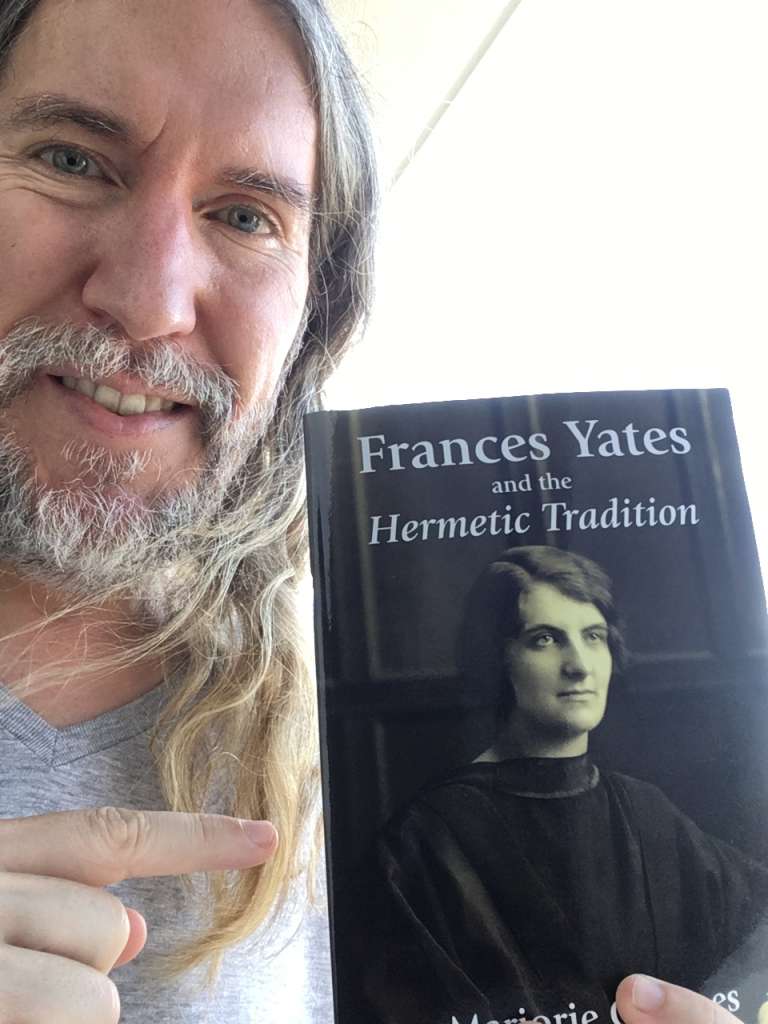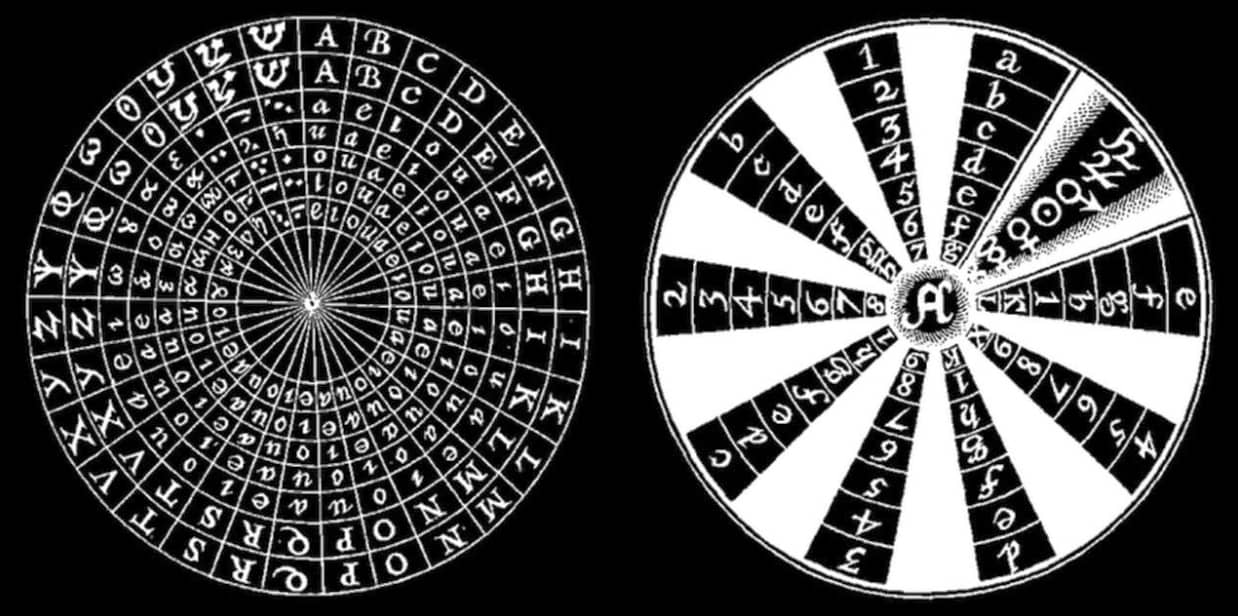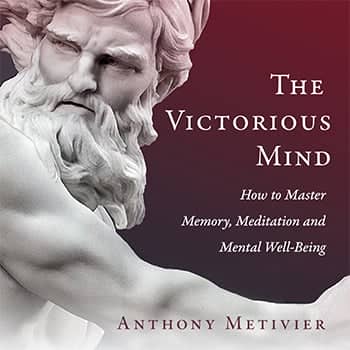Podcast: Download
Subscribe: Apple Podcasts | RSS
 The Art of Memory is one of the most successful memory improvement books of all time.
The Art of Memory is one of the most successful memory improvement books of all time.
Ironic, given that its author says she never tried to use the memory techniques she discussed in such detail.
Frances A. Yates made a mark nonetheless.
She was a meticulous researcher and The Art of Memory is not her only book to touch on the world of mnemonics.
Are you interested in the art of memory at large, Yates’ contribution to the tradition of using mnemonics through her famous book and some of the best strategies she uncovered?
If so, let’s dig in and explore what Yates discovered about the method of loci. As we go, we’ll look at some of the historical figures who used the techniques to learn faster and remember more too.
The Woman Behind The Art of Memory:
Who Was Frances A. Yates?
According to Marjorie Jones in Frances Yates and the Hermetic Tradition, Frances Yates was one of the most important intellectuals in postwar England.
As Jones points out, Yates is also significant for women’s history. We tend to focus on scholars of memory like Aristotle, Ramon Llull, Giordano Bruno and Robert Fludd. But beyond Lynne Kelly, Mary Carruthers and memory athletes who share their mnemonics like Katie Kermode, there don’t seem to be many women in the conversation.
In fact, many people express surprise when I use “she” and “her” to discuss Yates. Many people tend to assume she’s a man – an impression perpetuated by the fact that her picture is not included with any of her books that I’ve seen.
Yates led a scholarly life, and Jones gives some indication that Yates may have treated one of her main topics, the memory master Giordano Bruno as a kind of symbolic father. But Yates died in 1981 before completing a biography she’d started and called the “B Book.”
It would be lovely to know more about Yates’ life, especially the fact that she didn’t use memory techniques. Jones subtlety casts some doubt on this claim Yates makes in The Art of Memory. By many reports, her memory was actually quite good.
That could be a result of context dependent memory, however, not Yates’ understanding of the ancient memory techniques she wrote about in such depth. Authors tend to spend a lot of time preparing and editing drafts, so it would not be surprising for her to have better memory than others for topics relating to memory and intellectual history at large.
The Primary Principles of The Art of Memory
As Yates discusses in The Art of Memory, her primary goal is to better understand Giordano Bruno. She wrote about him at length in another book, and in a work about Llull. Bruno also comes up in some of her work on Fludd.
Contextualising Bruno’s historical moment is fantastic. To do so, Yates takes us all the way back to the ancient world.
Many interesting names come up, and the core mnemonic strategies that go with them are:
- The Method of Loci, which is associated with Simonides of Ceos
- The use of memory techniques to give speeches as discussed in Rhetorica ad Herennium
- Memory wheels, thought to be originated by Ramon Llull
- Guilio Camillo’s “Memory Theatre”
- Rober Fludd’s “Theatre of the World”
- Giordano Bruno’s alphabetical method for rapidly developing mnemonic images
Yates is particularly interested in how Bruno’s mnemonic strategies connect with his cosmological ideas. Not everyone agrees with Yates’ interpretation. For one thing, there have been new discoveries since Yates stopped writing about memory.
Dilwyn Knox suggests that Yates’ interpretation of Bruno as a hermeticist is forced, and I agree. But as John Michael Greer has suggested, everyone who works on Bruno is bound to invent their own version.
All of Yates’ discussion of memory techniques becomes even more complicated when we add in her claim that she never used the memory techniques under discussion.
Ultimately, I don’t know, but some of the ways she discussed mnemonics does suggest she didn’t understand them through experience.
7 Memory Techniques (Mnemotechnics) From the Art of Memory
In addition the memory techniques listed above, The Art of Memory discusses or at least mentions:
- The Memory Palace
- Number systems we now call the Major System or Dominic System
- Memory wheels
- Journey method
- Pegword method
- Spaced repetition
- Meditation on topics, or what we might now call reflective thinking
Yates didn’t live to see some of the Aboriginal memory techniques we now know about from people like Tyson Yunkaporta and Lynne Kelly’s Memory Craft.
But that’s okay. Yates finished writing The Art of Memory in 1965 after all. And we probably wouldn’t have the work of countless others without her inspiration.
The Art of Memory: Has It Stood the Test of Time?
It’s difficult to say. Generally, I’m a fan of memory improvement books. And generally, reading makes you smarter.
But is it in my personal top five?
Frankly, no. Even though I’ve taken dozens of notes on it.
If you want to learn about the history of memory techniques, then Yates’ writing is an absolute must.
But if you want to learn how to improve your memory, then you might walk away confused.
For best results, you’ll also want to read some of the primary texts Yates refers to throughout The Art of Memory. Some of these are easy to find online. For others, you can find them in their own volumes or in Carruthers’ The Medieval Craft of Memory.
For a more direct path to memory mastery in contemporary terms, many people like Harry Lorayne, Tony Buzan and books like Moonwalking with Einstein.
And of course, I’m honored if you read my book, The Victorious Mind. I probably never would have written it without having read Yates.
Nor would I have written my own book about Giordano Bruno and his “infinite Memory Palace technique.”
At the end of the day, I agree with Jones that Yates was a tremendous scholar.
Although her takes on Bruno are a bit hard to swallow after having read a lot of Bruno myself, Yates’ overall scholarship about memory is profound.
It’s just not a direct path to learning how to use the techniques, even if will inform you about the history of who used them.
If you’d like the fastest path to mastering the most important memory techniques quickly, please grab my Free Memory Improvement Course now:
You’ll discover how to do what Yates did not:
Use the techniques yourself.
But something even more profound:
Use the art of memory as an art, to be sure.
But also as a craft, a science and a martial art of the mind.
And that’s important, because another thing Yates glosses over in The Art of Memory is the role of critical thinking.
Ultimately, that’s what the art of memory at large is really all about. Yes, you need to understand the composition of images as Bruno discussed mnemonic imagery.
But Bruno, Llull and contemporary teachers of memory like myself urge you to take the art of memory into the realm of thinking better thoughts.
The true art of memory is about using your memory to make better decisions and solve problems quickly. To solve them accurately. And to solve them with wisdom each and every step of the way.
Related Posts
- Memory Craft: Lynne Kelly On The Potent Power Of Ancient Mnemonics
Lynne Kelly joins the podcast to discuss her new book Memory Craft. We discuss the…
- Memory Athlete Braden Adams On The Benefits Of Memory Competition
Braden Adams is one of the most impressive memory athletes of recent times. Learn to…
- On Math, The Science Of Mnemonics And Memory Modalities
Candid talk on the science of mnemonics with notes on math and rep systems.









